After years of guiding anglers through the waters of Amsterdam, Juul has noticed one thing again and again: American guests are always curious about the zander (Sander lucioperca) — the European cousin of their beloved walleye (Sander vitreus). In this article, your guide dives into the key differences (and surprising similarities) between these two iconic […]

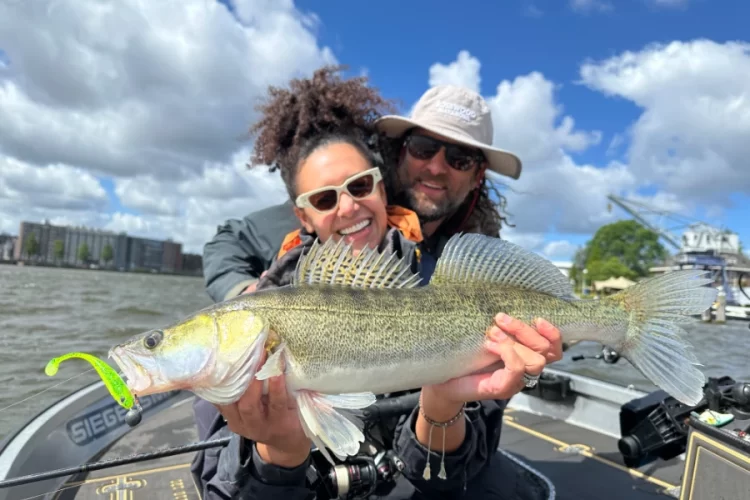

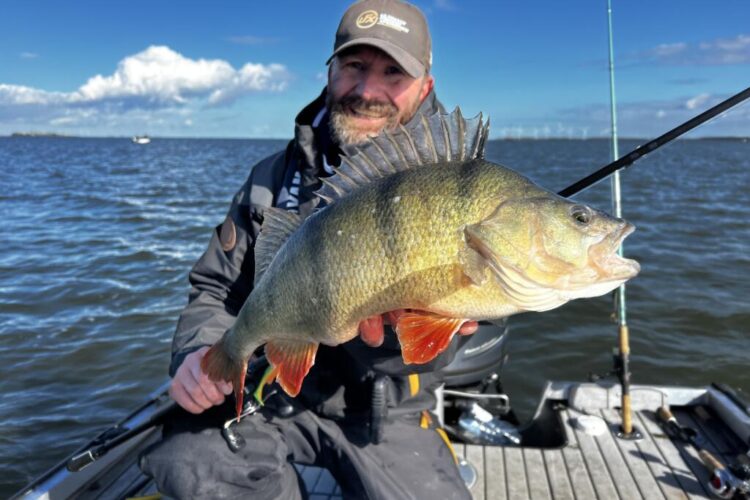

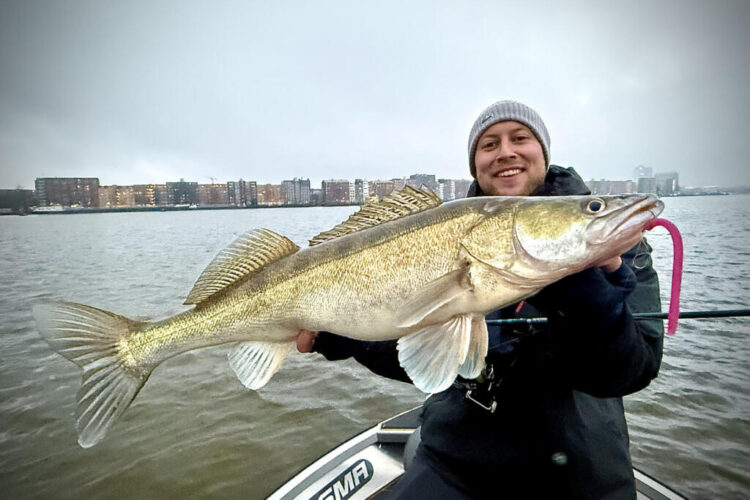
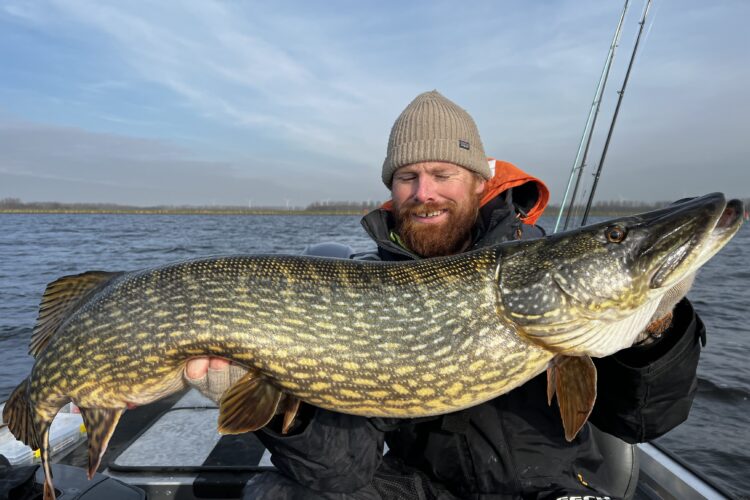
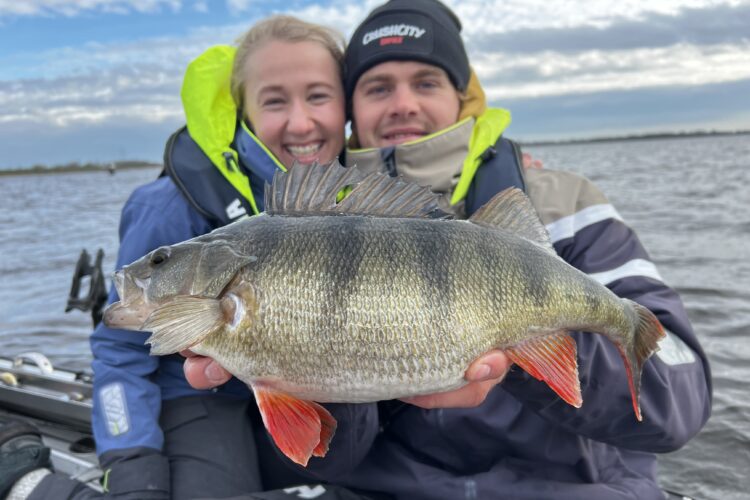

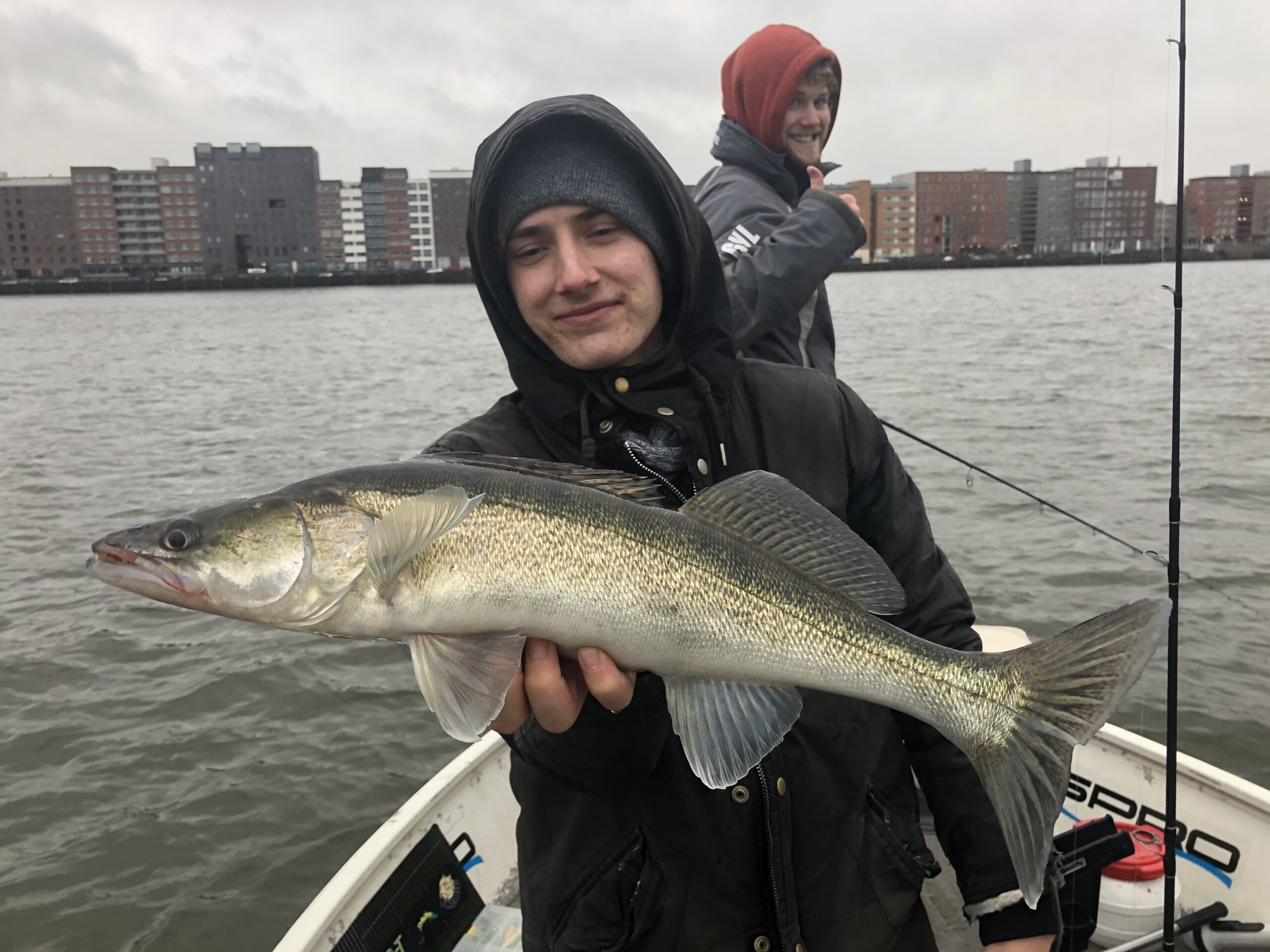
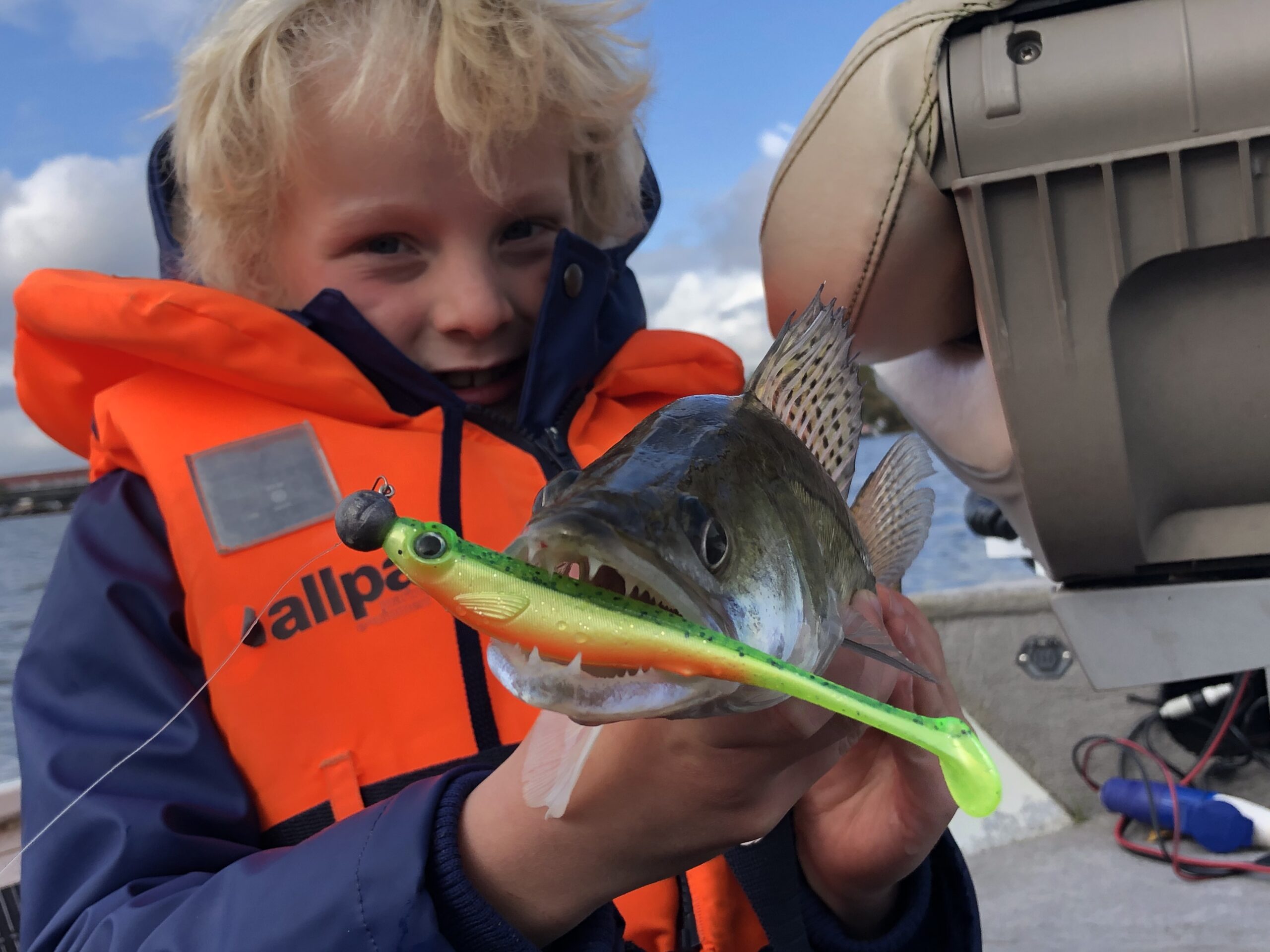
Recent Comments